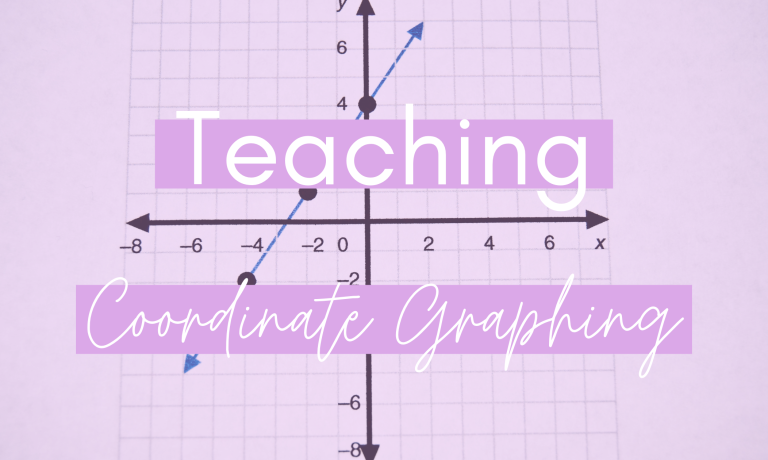Teaching coordinate graphing is a fundamental math skill that allows students to plot points on a grid and visualize relationships between them. It is an important building block for more advanced math concepts and is often introduced in the 5th grade. Here are some tips for teaching coordinate graphing to your 5th grade students.
Review basic graphing concepts
Before diving into coordinate graphing, it is important to make sure that your students have a good understanding of basic graphing concepts. This includes understanding the x-axis and y-axis, as well as how to plot points on a graph. You can review these concepts by having your students graph simple data on a graph, such as their favorite colors or the number of siblings they have.
Introduce the coordinate plane
The coordinate plane is the foundation of teaching coordinate graphing. It is a two-dimensional grid with an x-axis and a y-axis that intersect at the origin (0,0). The x-axis is horizontal and the y-axis is vertical. Each point on the coordinate plane is represented by an ordered pair of numbers (x,y), where x is the distance from the origin on the x-axis and y is the distance from the origin on the y-axis.
Practice plotting points when teaching coordinate graphing
Once your students understand the coordinate plane, it is time to start plotting points. You can use a coordinate grid to help your students visualize the points. To plot a point, have your students locate the x-coordinate on the x-axis and the y-coordinate on the y-axis. Then, they can use a straight edge (such as a ruler) to draw a line from the x-coordinate to the y-coordinate and mark the point where they intersect.
Explore the quadrants
The coordinate plane is divided into four quadrants by the x-axis and y-axis. The quadrants are numbered 1, 2, 3, and 4 starting from the top right quadrant and going clockwise. The signs of the coordinates in each quadrant are determined by the position of the point relative to the origin. For example, points in the top right quadrant have positive x-coordinates and positive y-coordinates.
